Researchers at the University of Minnesota Twin Cities College of Science and Engineering have developed a new technique that reconstructs two dimensional (2D) radio images–visual representations created from radio waves–into three dimensional (3D) “Pseudo3D cubes” to help better understand objects in the Universe.
Tag: Black Hole
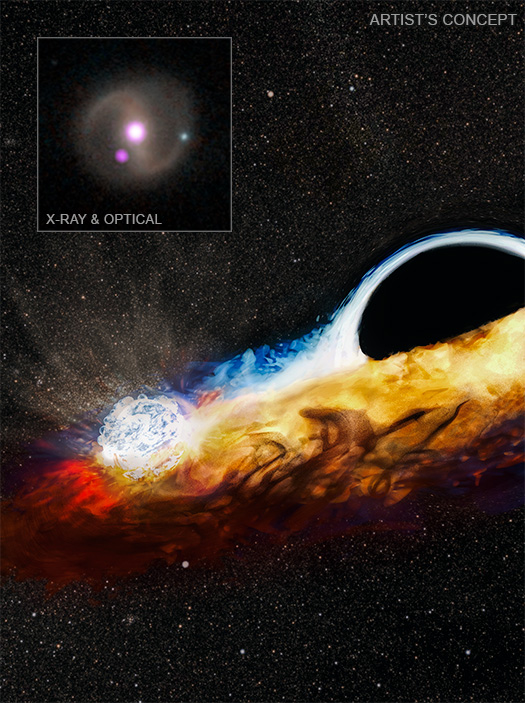
BLACK HOLE DESTROYS STAR, GOES AFTER ANOTHER, NASA FINDS
A massive black hole has torn apart one star and is now using that stellar wreckage to pummel another star or smaller black hole that used to be in the clear.
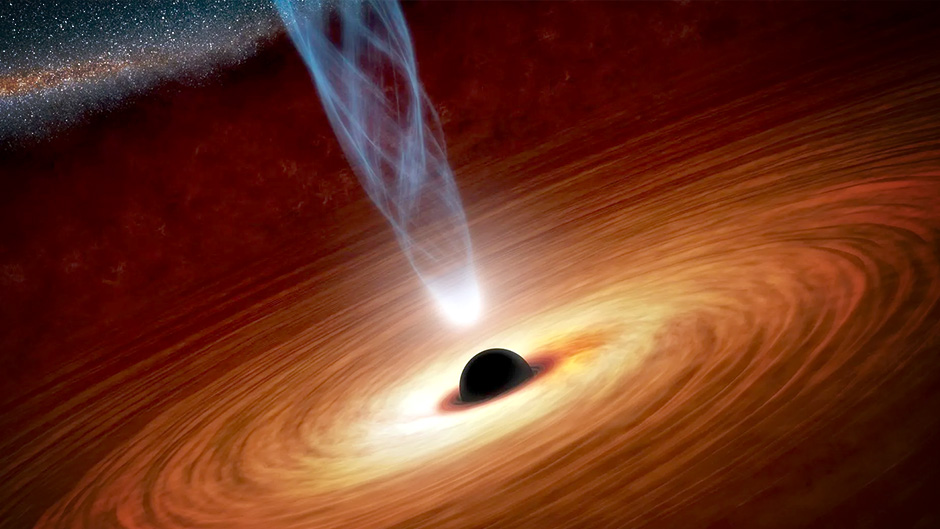
Astrophysicist takes ‘supermassive’ leap in the study of black holes
Nico Cappelluti has been studying supermassive black holes for nearly two decades. NASA recently selected a project he is involved with for closer review, taking him one step closer to understanding the origins of these mysterious cosmic objects.
New NASA Sonifications Listen to the Universe’s Past
Text, images, and video:
https://chandra.si.edu/photo/2024/sonify9/
A quarter of a century ago, NASA released the “first light” images from the agency’s Chandra X-ray Observatory. This introduction to the world of Chandra’s high-resolution X-ray imaging capabilities included an unprecedented view of Cassiopeia A, the remains of an exploded star located about 11,000 light-years from Earth. Over the years, Chandra’s views of Cassiopeia A have become some of the telescope’s best-known images.
To mark the anniversary of this milestone, new sonifications of three images — including Cassiopeia A (Cas A) — are being released. Sonification is a process that translates astronomical data into sound, similar to how digital data are more routinely turned into images. This translation process preserves the science of the data from its original digital state but provides an alternative pathway to experiencing the data.
UAH researcher wins $750K EPSCoR grant to support STROBE-X explorations of gravitational wave sources, black holes and dark matter
Dr. Sukanya Chakrabarti at The University of Alabama in Huntsville (UAH) has won a $750,000 Established Program to Stimulate Competitive Research (EPSCoR) award to support STROBE-X, a planned $1 billion probe-class NASA observatory that aims to unlock the secrets of some of the most extreme conditions in the universe.
XL-Calibur telescope launched to study black holes
Scientists from Washington University in St. Louis have launched a balloon-borne telescope to unlock the secrets of astrophysical black holes and neutron stars, some of the most extreme objects in the universe. The device known as XL-Calibur was launched from the Swedish Space Corporation’s Esrange Space Center, situated north of the Arctic Circle near Kiruna, Sweden, July 9.
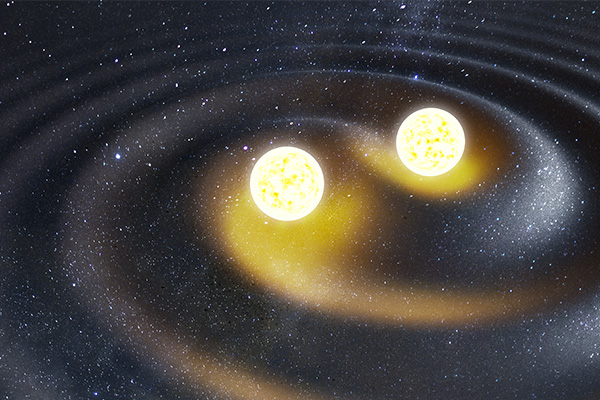
Researchers advance detection of gravitational waves to study collisions of neutron stars and black holes
Researchers at the University of Minnesota Twin Cities College of Science and Engineering co-led a new study by an international team that will improve the detection of gravitational waves—ripples in space and time.
UAH astrophysics research advances understanding of how the light of gamma-ray bursts is produced
Gamma-ray bursts (GRBs) are intense bursts of gamma radiation, typically generating more energy in a few seconds than the Sun will produce over its ten-billion-year lifetime.
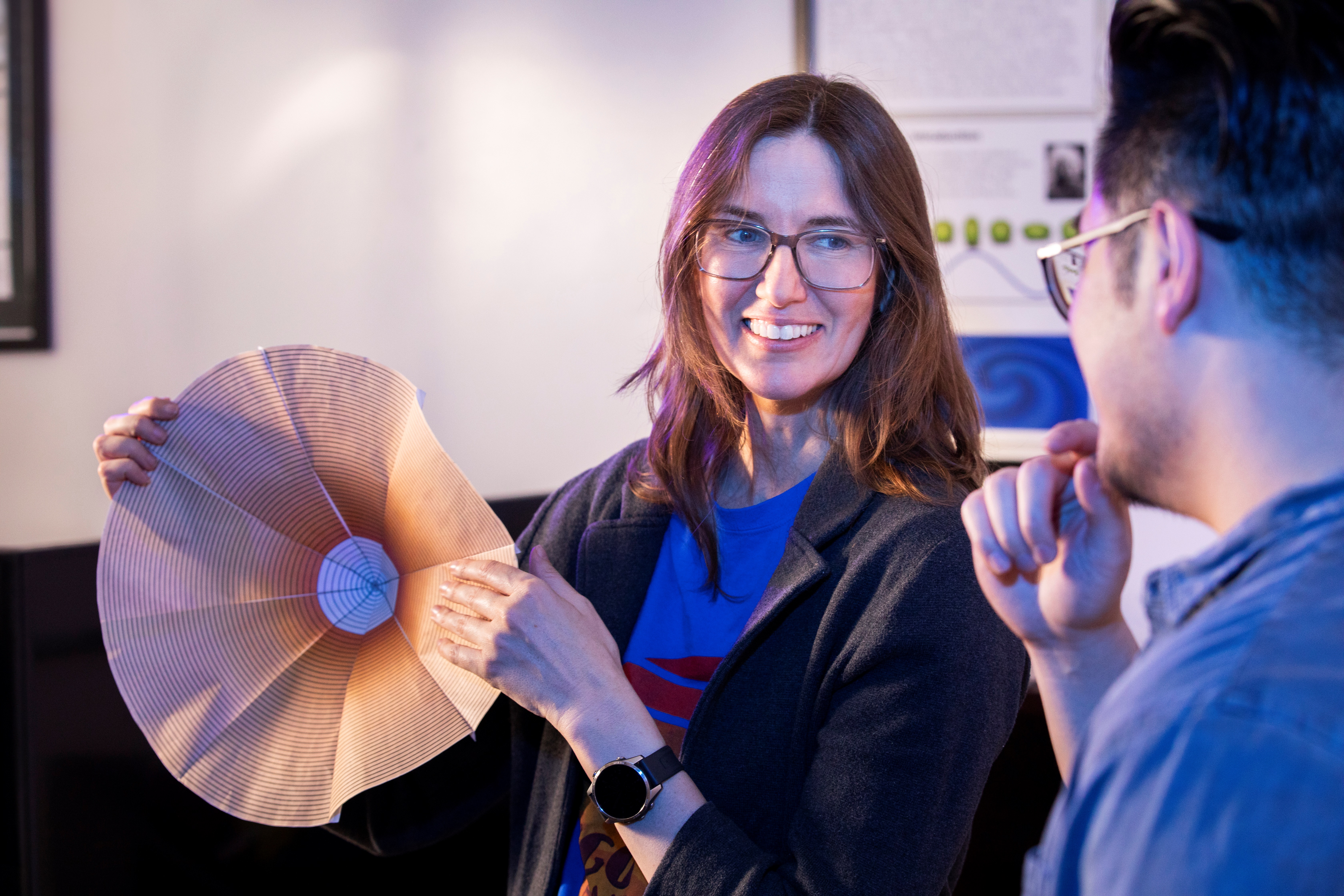
CSUF Scientists Contribute to Mysterious Gravitational-Wave Signal From Neutron Star-Black Hole Cosmic Collision
Cal State Fullerton physicists are on the forefront of a new discovery of gravitational waves from two compact cosmic objects not seen by scientists before.
Webb Unlocks Secrets of One of the Most Distant Galaxies Ever Seen
Delivering on its promise to transform our understanding of the early universe, the James Webb Space Telescope is probing galaxies near the dawn of time. One of these is the exceptionally luminous galaxy GN-z11, which existed when the universe was just a tiny fraction of its current age. One of the youngest and most distant galaxies ever observed, it is also one of the most enigmatic. Why is it so bright? Webb appears to have found the answer.
New Proof for Black Hole Spin
Super massive black holes, monsters up to billions of times heavier than the Sun that eat everything around them including light, are difficult to study because no information can escape from within. Theoretically, there are very few properties that we can even hope to measure.
An Enigmatic Cosmic Crime Scene
During a dive through archival data, astronomers unearth an unusual tidal disruption event that occurred in a nearby star-forming galaxy. Obscured by the interstellar medium, this incredibly close and luminous event went unnoticed for seven years. The SOAR telescope’s integral role in pinpointing its uncommon location illustrates how future searches for tidal disruption events will be conducted.
Astronomers Reveal New Features of Galactic Black Holes
An international team of scientists, including UNLV astrophysicist Bing Zhang, reports in the July 26 issue of Nature a dedicated observational campaign on the Galactic microquasar dubbed GRS 1915+105. The team revealed features of a microquasar system that have never before been seen.

Mysterious dashes revealed in Milky Way’s center
An international team of astrophysicists has discovered something wholly new, hidden in the center of the Milky Way galaxy.
Astronomers detect the closest example yet of a black hole devouring a star
Once every 10,000 years or so, the center of a galaxy lights up as its supermassive black hole rips apart a passing star. This “tidal disruption event” happens in a literal flash, as the central black hole pulls in stellar material and blasts out huge amounts of radiation in the process.
HUBBLE FINDS HUNGRY BLACK HOLE TWISTING CAPTURED STAR INTO DONUT SHAPE
Astronomers using Hubble have recorded a star getting swallowed by a giant black hole. Hubble didn’t observe the mayhem directly, but captured spectral fingerprints that provide clues as to how a star gets shredded as it is devoured.
UCI-led astronomers capitalize on early access to James Webb Space Telescope data
First in line to receive data transmissions from the James Webb Space Telescope, a team of astronomers at the University of California, Irvine and other institutions is using the unprecedentedly clear observations to reveal the secret inner workings of galaxies. In a paper published today in The Astrophysical Journal Letters, the researchers describe their examination of the nearby galaxy NGC 7469 with the JWST’s ultrasensitive mid-infrared detection instruments.
Astrónomos descubren agujero negro cerca de la Tierra
Utilizando el telescopio de Gemini Norte en Hawai‘i, que opera NOIRLab de NSF y AURA, los astrónomos detectaron el agujero negro más cercano a la Tierra, apenas a 1.600 años luz de distancia. Se trata de la primera detección de un agujero negro de masa estelar en la Vía Láctea, cuya proximidad ofrece un objetivo de estudio único para avanzar en la comprensión de la evolución de los sistemas binarios.
Polarized X-rays reveal shape, orientation of extremely hot matter around black hole
Researchers’ recent observations of a stellar-mass black hole called Cygnus X-1 reveal new details about the configuration of extremely hot matter in the region immediately surrounding the black hole. Matter is heated to millions of degrees as it is pulled toward a black hole. This hot matter glows in X-rays. Researchers are using measurements of the polarization of these X-rays to test and refine models that describe how black holes swallow matter, becoming some of the most luminous sources of light — including X-rays — in the universe.
‘We’ve Never Seen Anything Like This Before:’ Black Hole Spews Out Material Years After Shredding Star
Astronomers have observed a black hole burping up stellar remains years after it shredded and consumed the star.
Using holograms to illuminate de Sitter space
The holographic principle is used to describe the expanding universe in de Sitter space. It provides a solution to Einstein’s general relativity equation with a positive cosmological constant. The proposed model uses a negative cosmological constant to account for gravity on anti-de Sitter space.
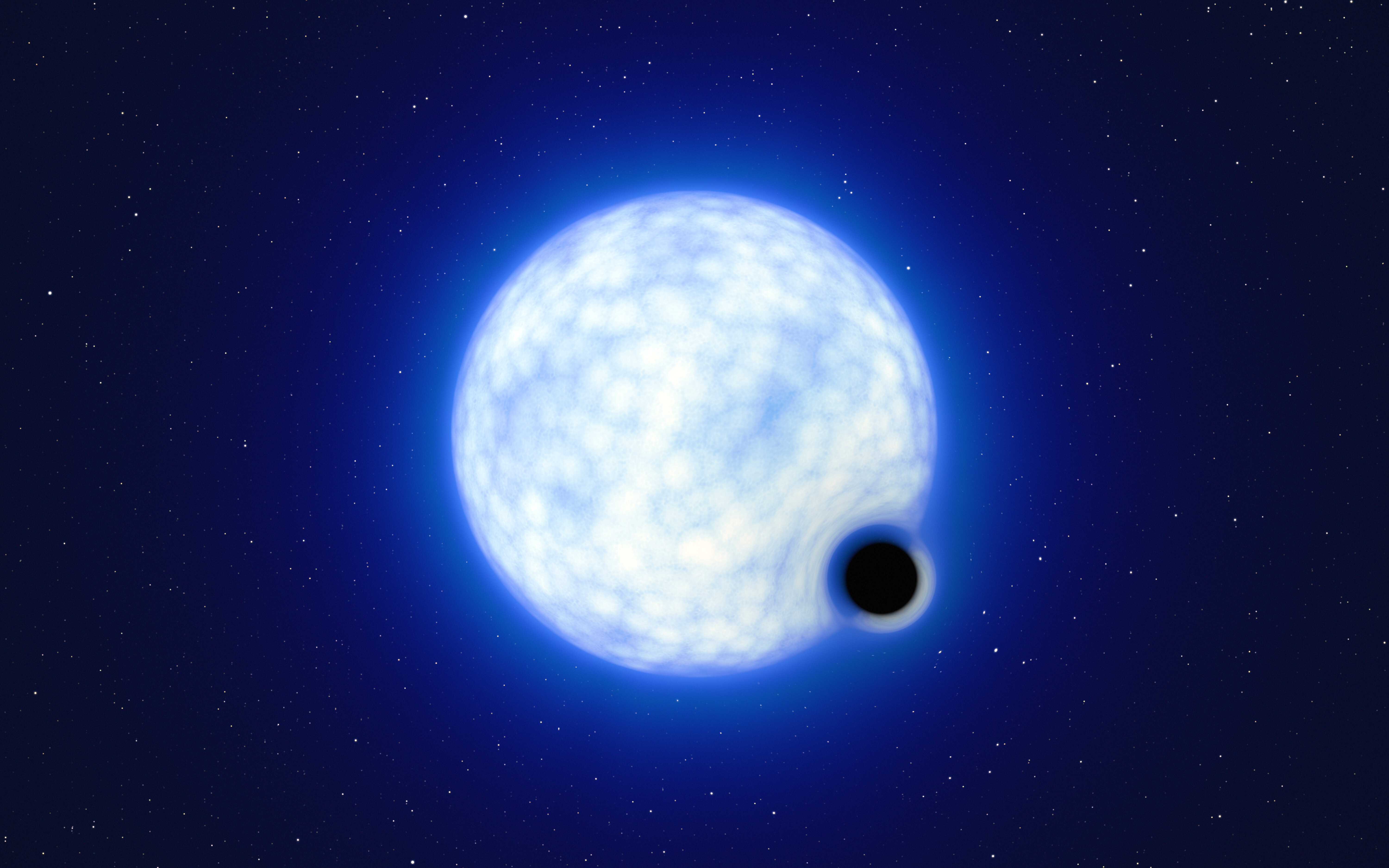
‘Black Hole Police’ Discover a Dormant Black Hole Outside of the Milky Way Galaxy
It is the first dormant stellar-mass black hole to be detected outside of the Milky Way galaxy, the team claims.
Black Hole Activity Not Evolving in Central Cluster Galaxies
University of Kentucky postdoc presents important new findings about black holes and their host galaxies at American Astronomical Society meeting
Milky Way’s Black Hole Was “Birth Cry” of Radio Astronomy
The new image of the black hole at the center of our Milky Way galaxy provides the closest look yet at the region from which radio waves from beyond the Earth were first detected in 1932 — by Karl Jansky, the father of radio astronomy.
Gamma ray discovery could advance understanding of UFOs’ role in the evolution of galaxies
Researchers detected gamma rays from ultra-fast outflows (UFOs) in several nearby galaxies for the first time, providing a basis for scientists to understand what happened in our own Milky Way galaxy.
Black hole size revealed by its eating pattern
The feeding patterns of black holes offer insight into their size, researchers report. A new study revealed that the flickering in the brightness observed in actively feeding supermassive black holes is related to their mass.
First Detection of Light From Behind a Black Hole
Watching X-rays flung out into the universe by the supermassive black hole at the center of a galaxy 800 million light-years away, Stanford University astrophysicist Dan Wilkins noticed an intriguing pattern.
Quantum machine learning hits a limit
A new theorem from the field of quantum machine learning has poked a major hole in the accepted understanding about information scrambling.
VLA Helps Astronomers Make New Discoveries About Star-Shredding Events
New studies using the VLA and other telescopes have added to our knowledge of what happens when a black hole shreds a star, but also have raised new questions that astronomers must tackle.
Astronomers find possible hints of gravitational waves
An international team of astronomers report they have found the first faint, low-frequency whispers that may be gravitational waves from gigantic, colliding black holes in distant galaxies.
VLA Sky Survey Reveals Newborn Jets in Distant Galaxies
Comparing data from VLA sky surveys made some two decades apart revealed that the black hole-powered “engines” at the cores of some distant galaxies have launched new, superfast jets of material during the interval between the surveys.
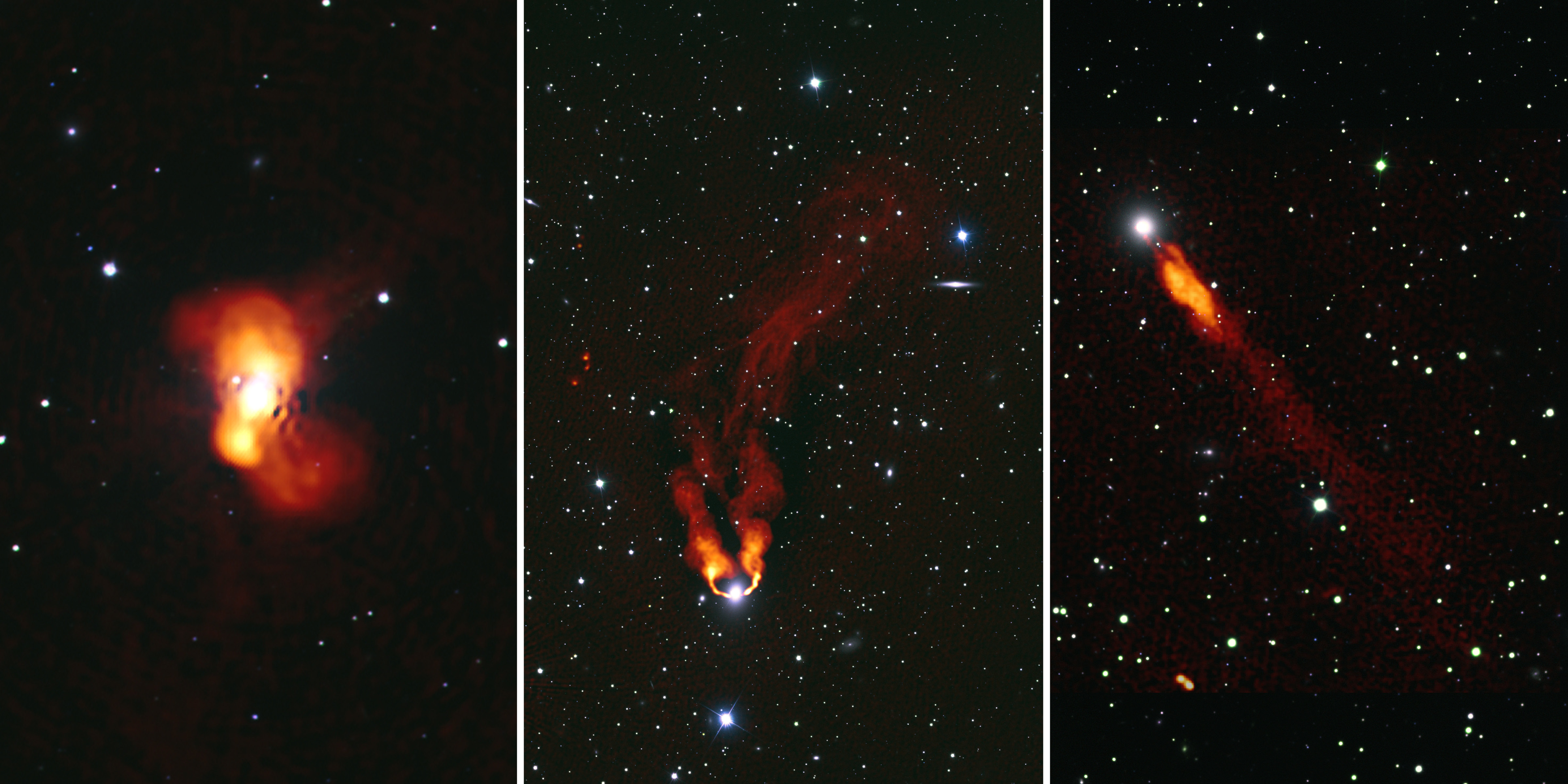
IMAGE RELEASE: Galaxies in the Perseus Cluster
New VLA images show how the crowded environment of a cluster of galaxies affects the individual galaxies, helping astronomers better understand some of the complex details of such an environment.

NOvA turns its eyes to the skies
The NOvA experiment, best known for its measurements of neutrino oscillations using particle beams from Fermilab accelerators, has been turning its attention to measurements of cosmic phenomena. In a series of results, NOvA reports on neutrinos from supernovae, gravitational-wave events from black hole mergers, muons from cosmic rays, and its search for the elusive monopole.
NRAO Contest Winners Illustrate Diverse Cosmic Phenomena
Winners in NRAO’s VLA 40th Anniversary Image Contest are from around the world, and their works illustrate a fascinating variety of celestial objects. Entries combined observational data from the VLA with data from optical, infrared, and X-ray telescopes, and from computer simulations.
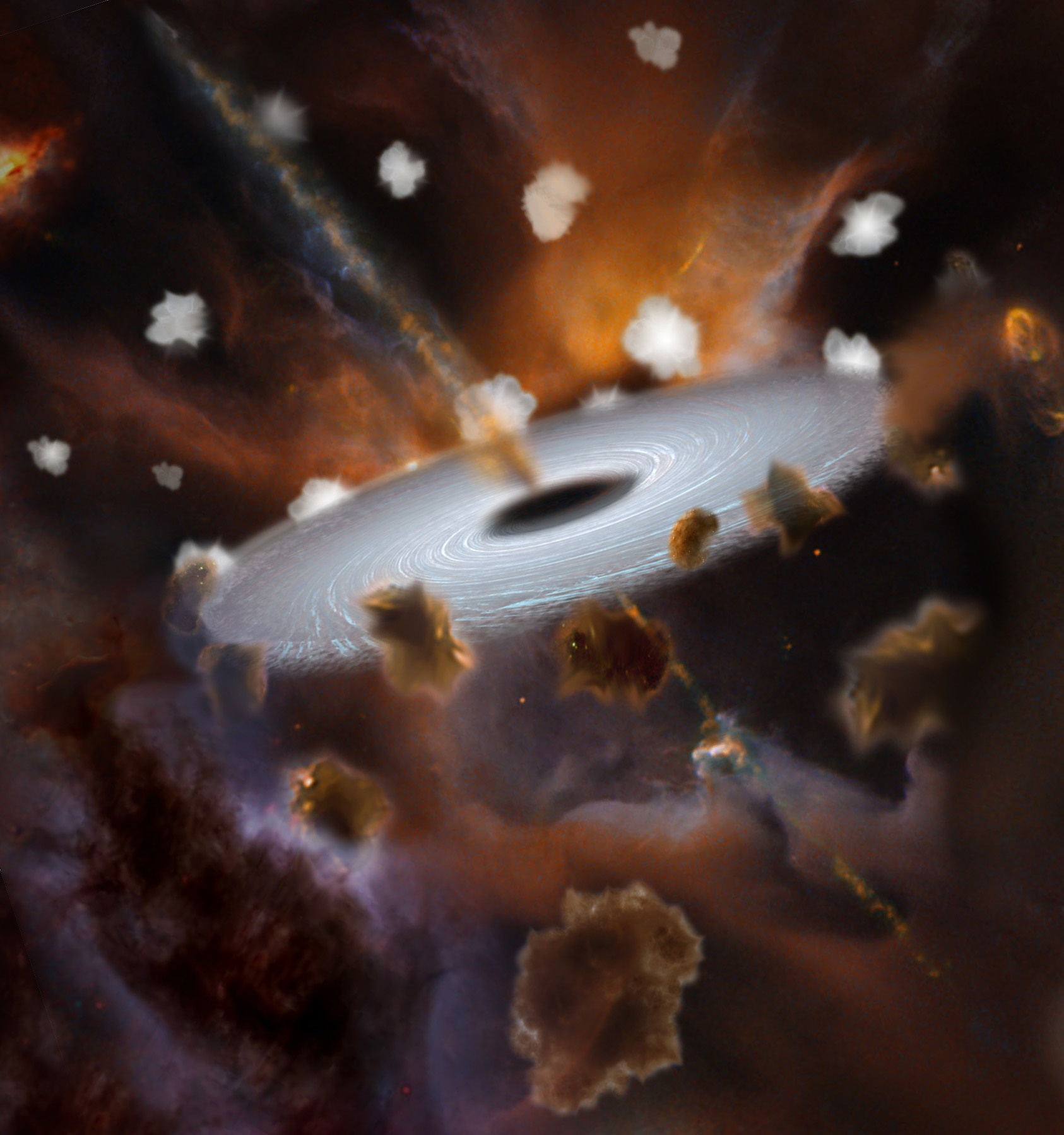
Astronomers Take a Closer Look at the Centers of Galaxies
New study recently published in The Astrophysical Journal reveals a diverse range of types and locations of clouds across various active galactic nuclei and their host galaxies.
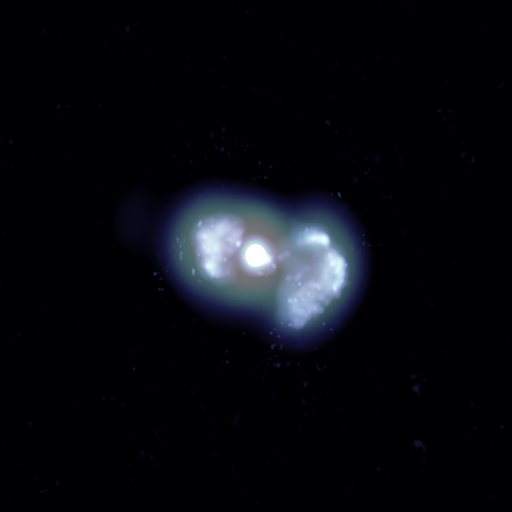
IMAGE RELEASE: A Galaxy’s Stop-and-Start Young Radio Jets
VLBA image shows details of a young jet emitted from the core of an active galaxy, revealing that the jet activity stopped, then restarted only a decade ago.

ALMA Finds Possible Sign of Neutron Star in Supernova 1987A
Based on ALMA observations and a theoretical follow-up study, scientists suggest that a neutron star might be hiding deep inside the remains of Supernova 1987A.

Uncovering the invisible universe
Physicist Sean McWilliams has created an exact mathematical formula to explain the gravitational wave signals that have been observed from colliding black holes, which serve as a key validation of Albert Einstein’s Theory of General Relativity.
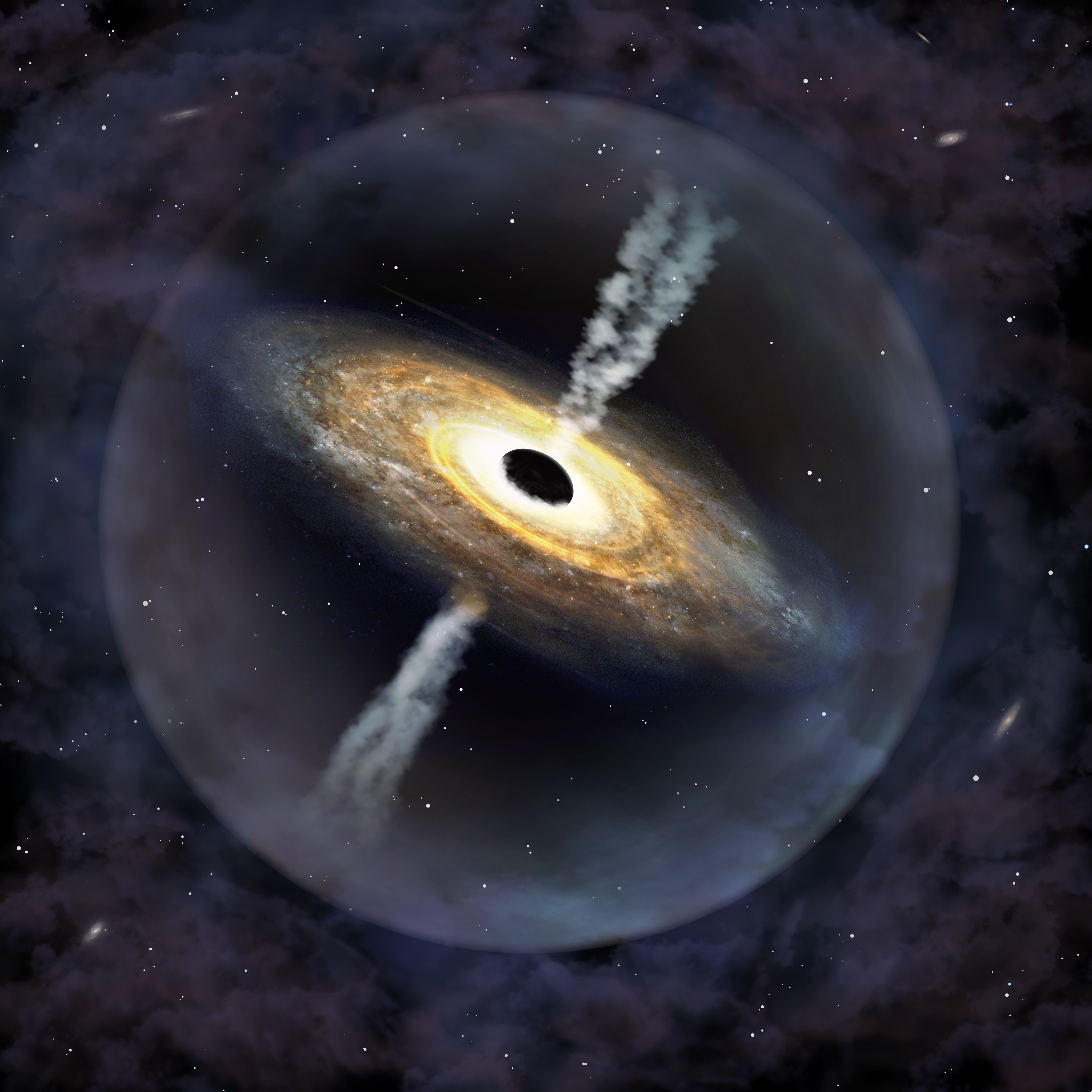
Monster Black Hole Found in the Early Universe
Astronomers have discovered the second most distant quasar ever found, using the international Gemini Observatory and Cerro Tololo Inter-American Observatory (CTIO), Programs of NSF’s NOIRLab. It is also the first quasar to receive an indigenous Hawaiian name, Pōniuāʻena. The quasar contains a monster black hole, twice the mass of the black hole in the only other quasar found at the same epoch, challenging the current theories of supermassive black hole formation and growth in the early Universe.
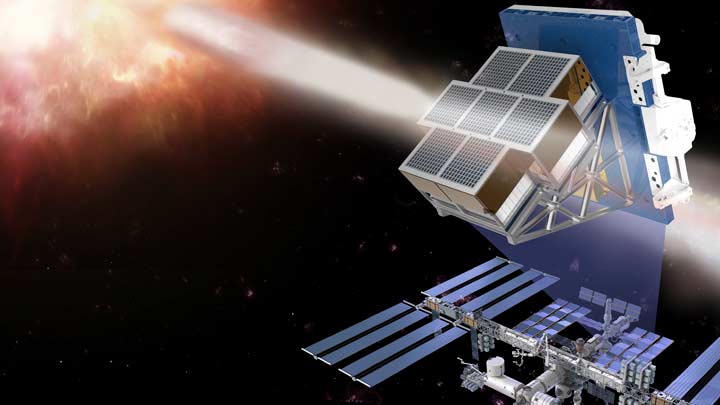
UAH has significant role in LEAP, a mission selected for NASA flight review
In collaboration with Marshall Space Flight Center (MSFC), the Center for Space Plasma and Aeronomic Research (CSPAR) at The University of Alabama in Huntsville (UAH) has a significant role in LEAP – the LargE Area burst Polarimeter – a mission that is one of four proposals approved by NASA for further review.
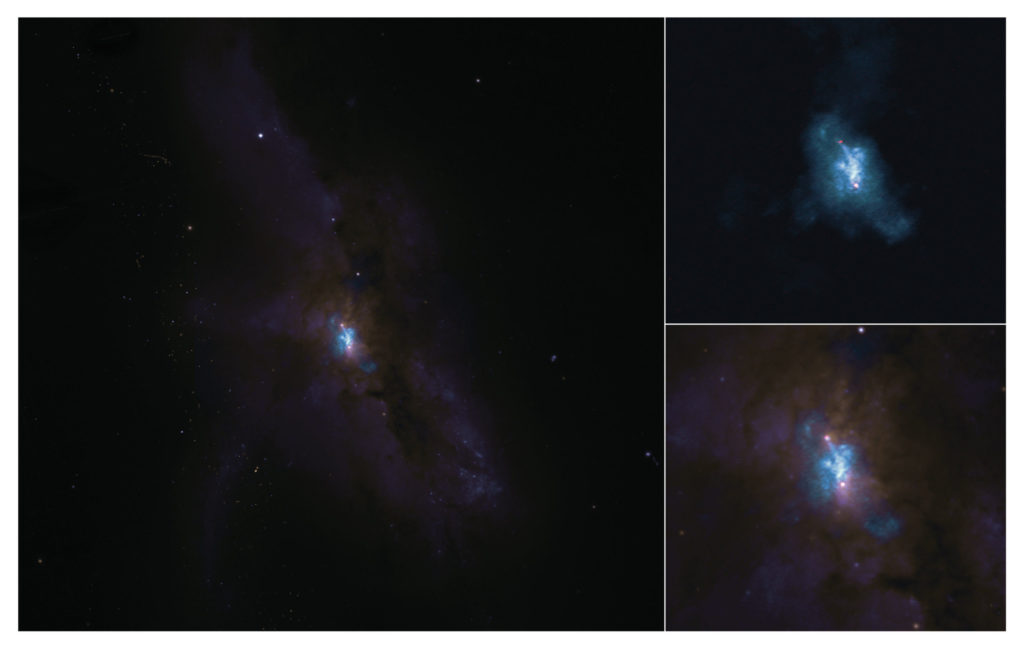
The Turbulent Life of Two Supermassive Black Holes Caught in a Galaxy Crash
An international team of astronomers used the Atacama Large Millimeter/submillimeter Array (ALMA) to create the most detailed image yet of the gas surrounding two supermassive black holes in a merging galaxy.
Astronomers Find Wandering Massive Black Holes in Dwarf Galaxies
Studies with the VLA indicate that roughly half of the massive black holes in dwarf galaxies are not in the centers of those galaxies. This gives astronomers new insights into the conditions in which similar black holes formed and grew in the early history of the Universe.
Black Hole Eats Star
Join Melissa Hoffman of the National Radio Astronomy Observatory for a tour of one of the most disruptive events in Universe.
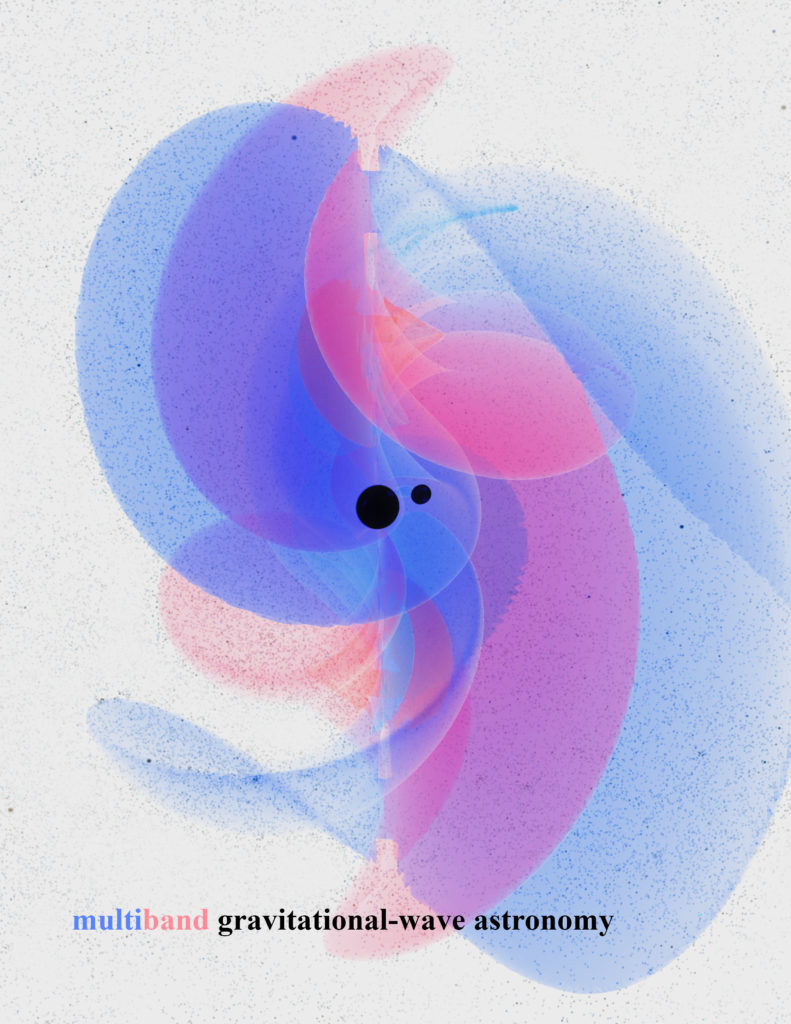
Here’s how a Vanderbilt astrophysicist plans to observe a ‘black hole symphony’ using gravitational wave astronomy
New research led by Vanderbilt astrophysicist Karan Jani presents a compelling roadmap for capturing intermediate-mass black hole activity.
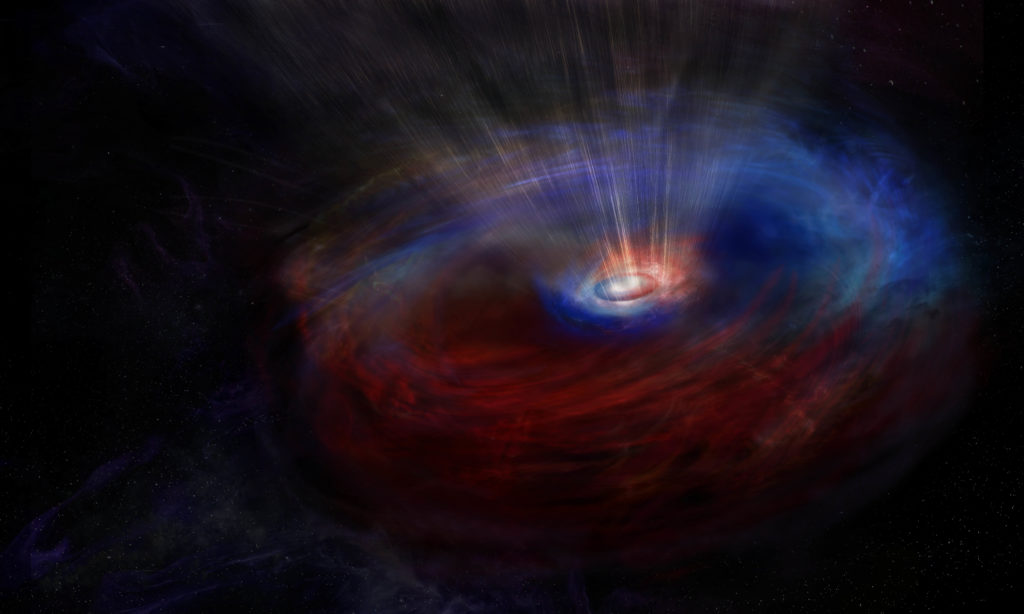
Going Against the Flow Around a Supermassive Black Hole
At the center of a galaxy called NGC 1068, a supermassive black hole hides within a thick doughnut-shaped cloud of dust and gas. When astronomers used the Atacama Large Millimeter/submillimeter Array (ALMA)
to study this cloud in more detail, they made an unexpected discovery that could explain why supermassive black holes grew so rapidly in the early Universe.
“Thanks to the spectacular resolution of ALMA, we measured the movement of gas in the inner orbits around the black hole,” explains Violette Impellizzeri of the National Radio Astronomy Observatory (NRAO), working at ALMA in Chile and lead author on a paper published in the Astrophysical Journal. “Surprisingly, we found two disks of gas rotating in opposite directions.”